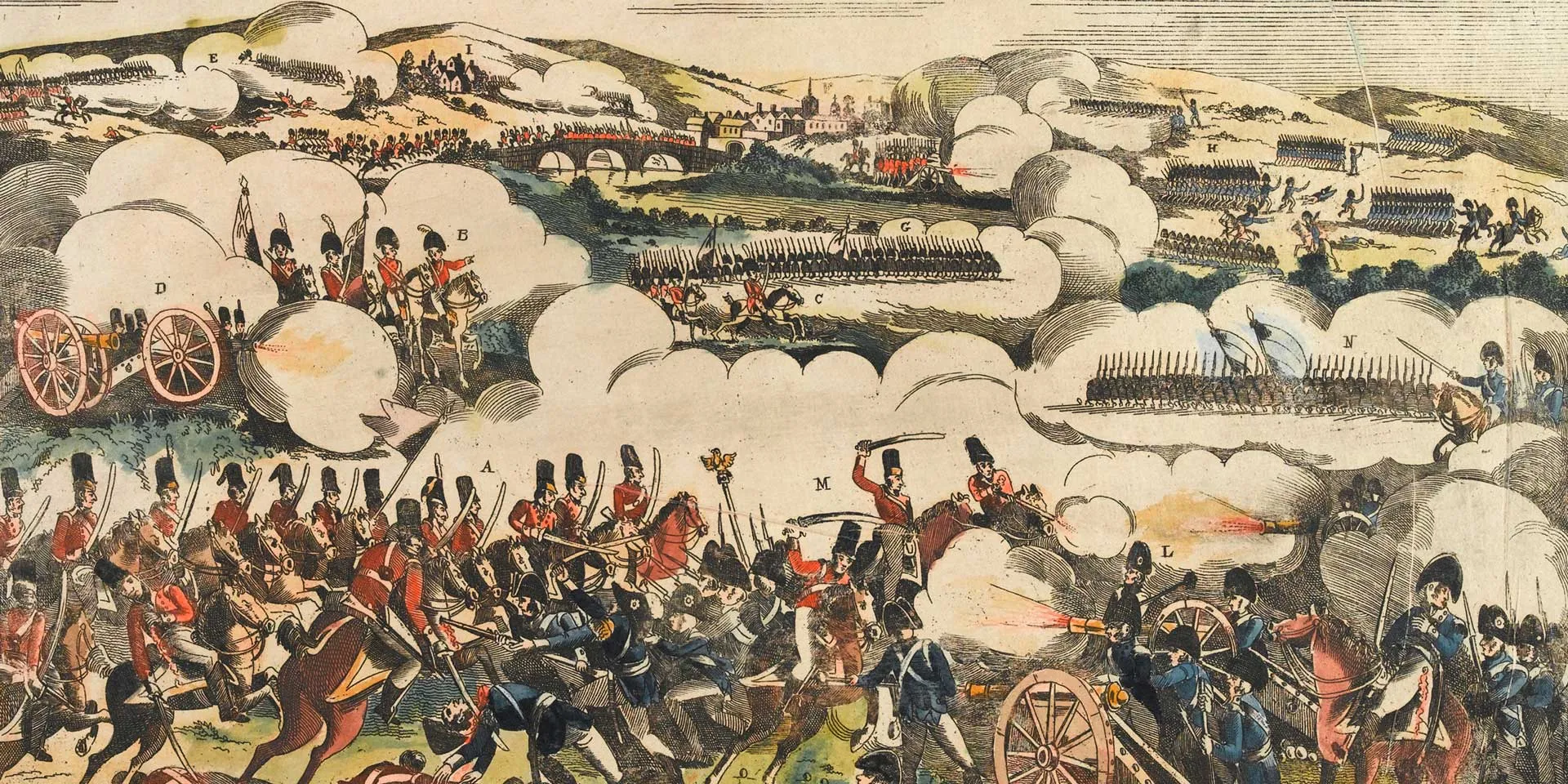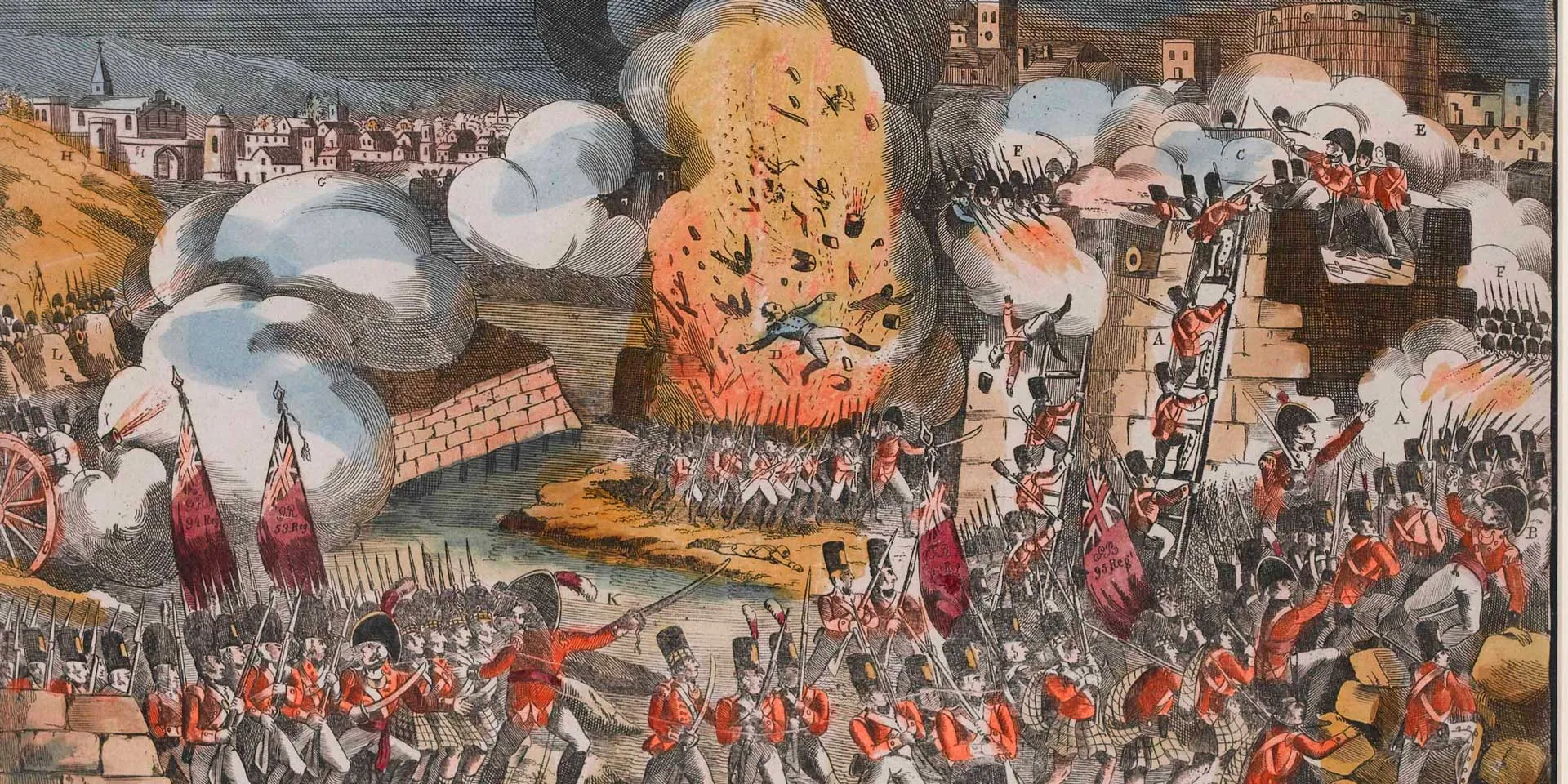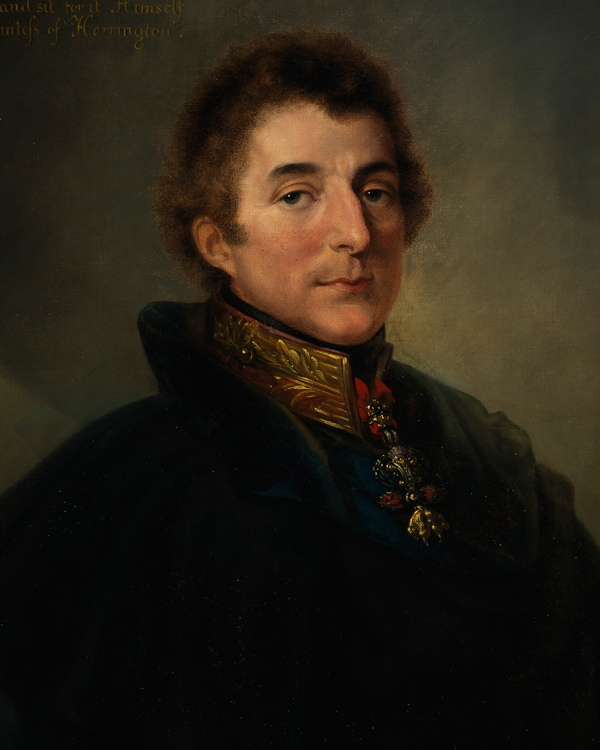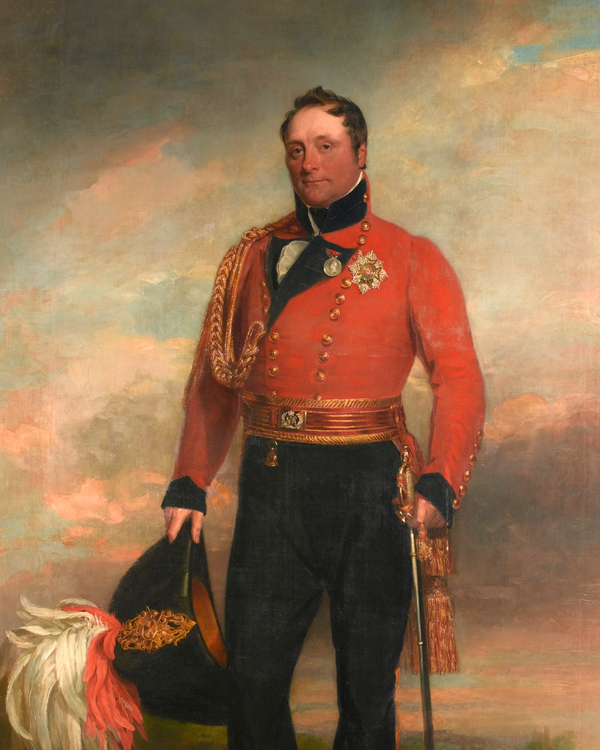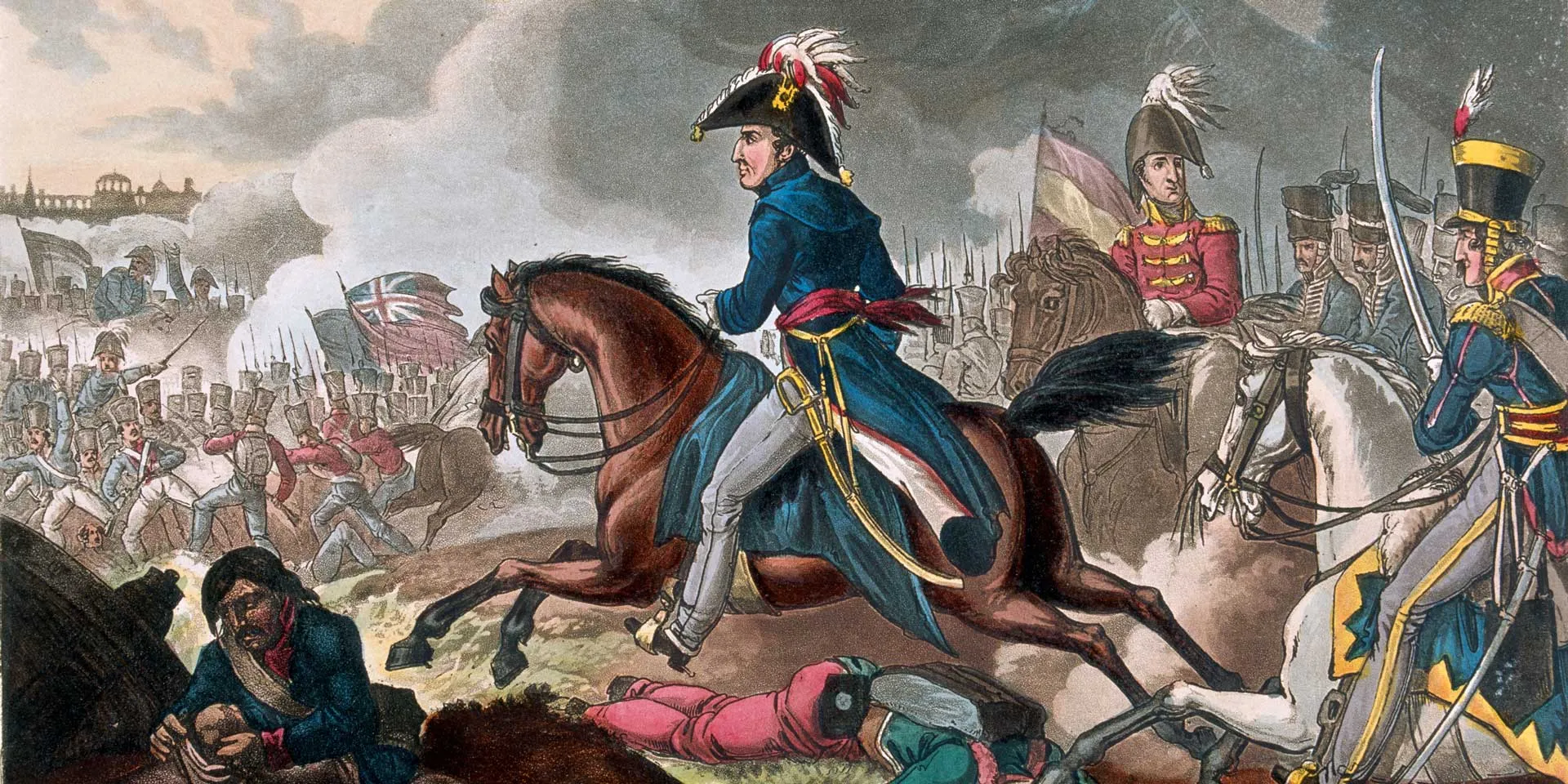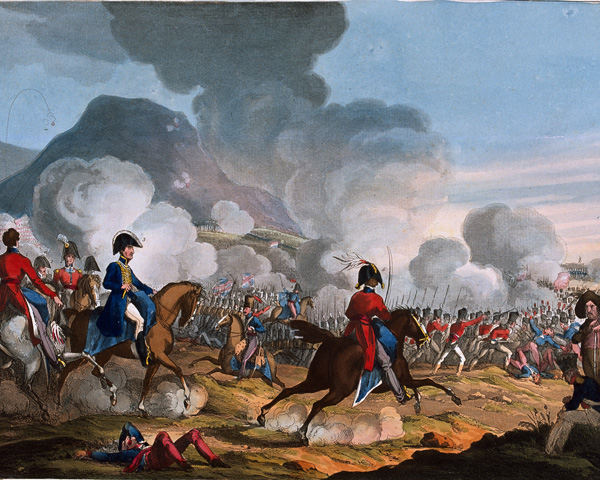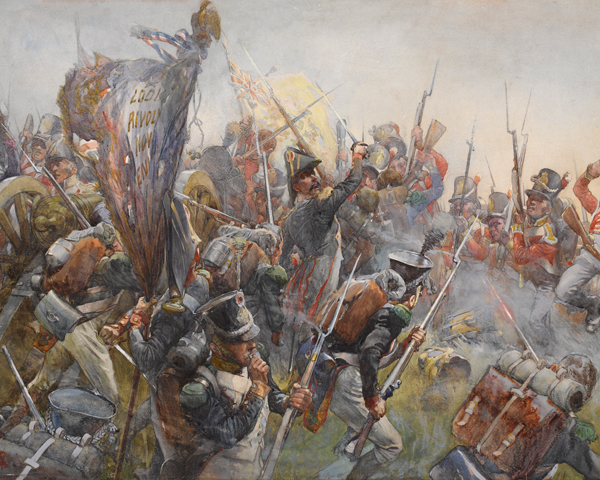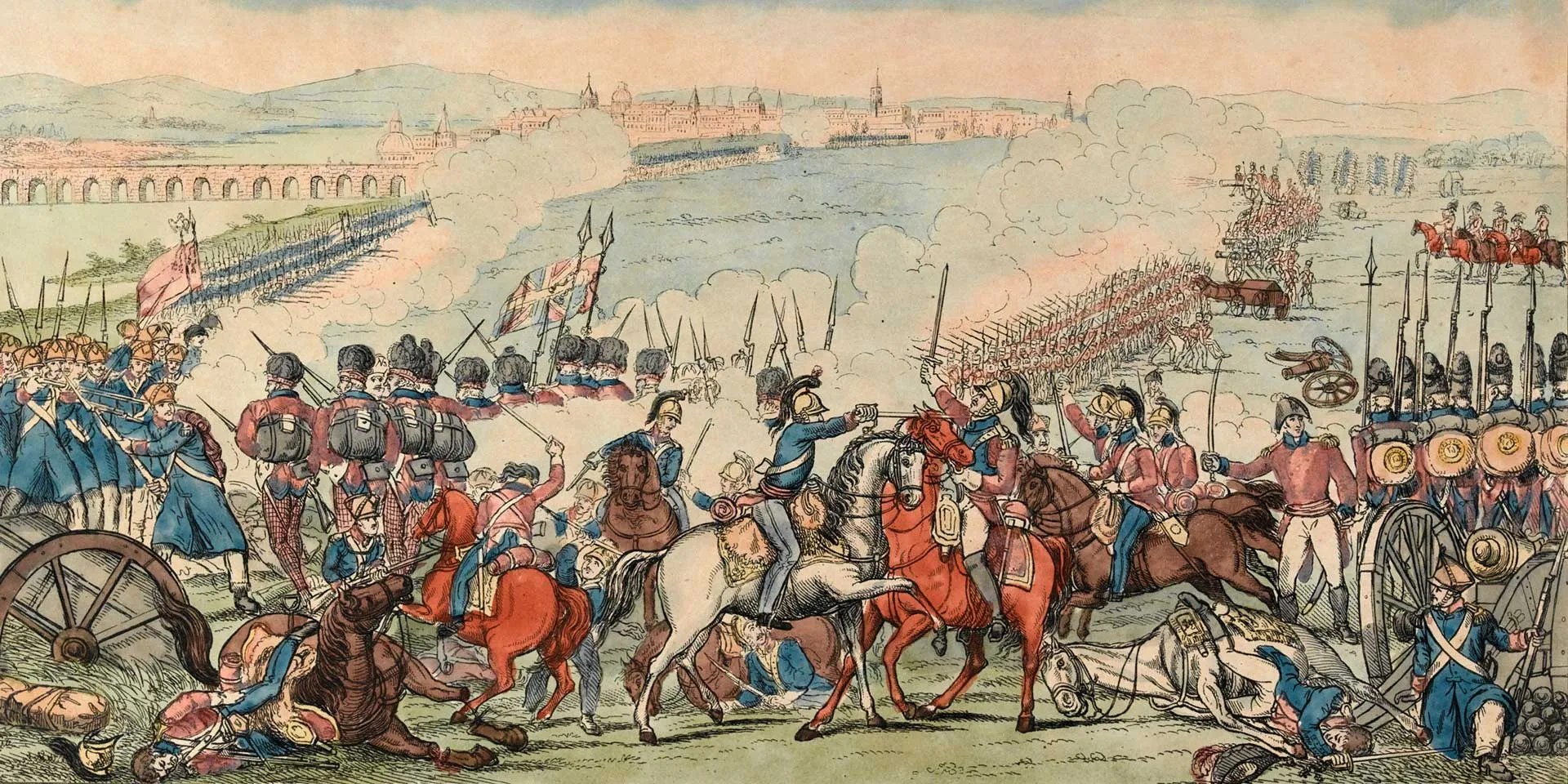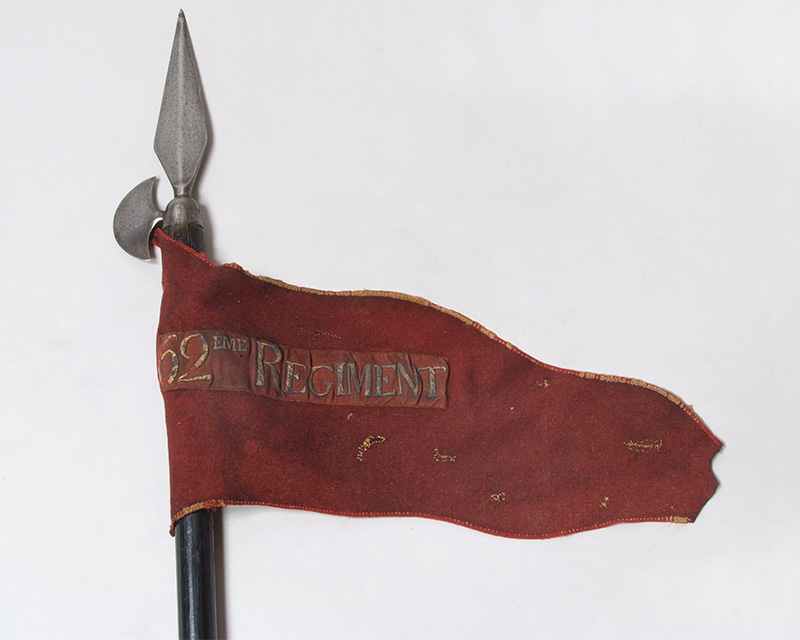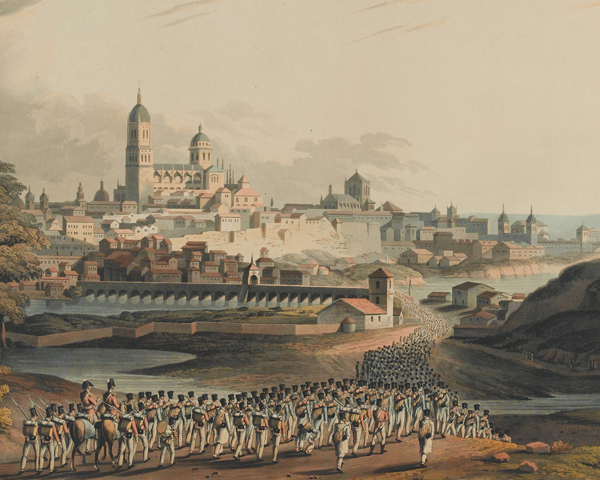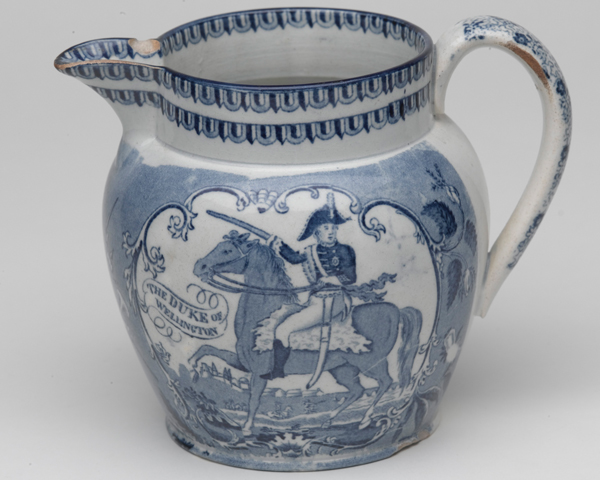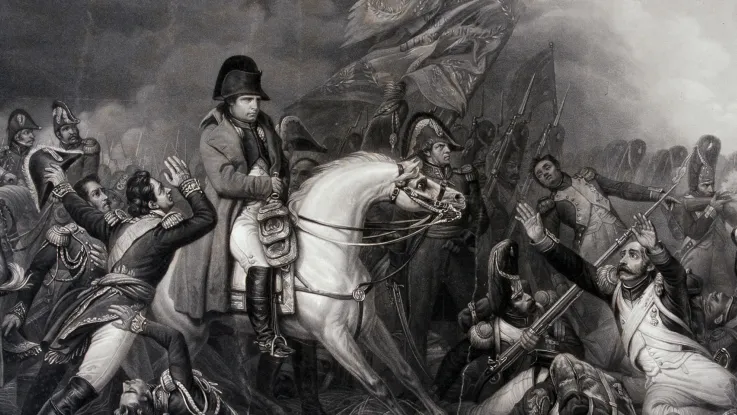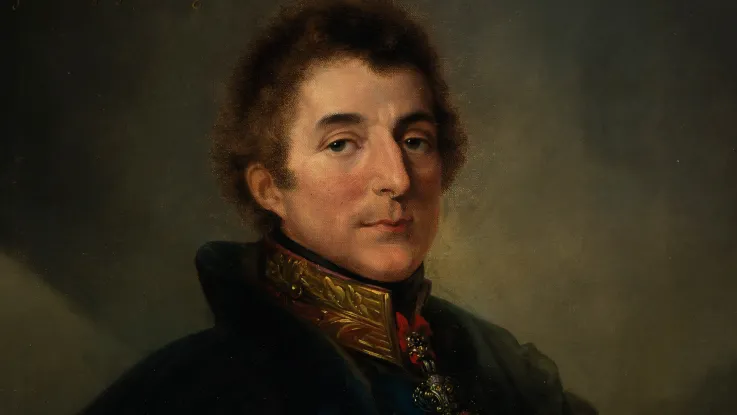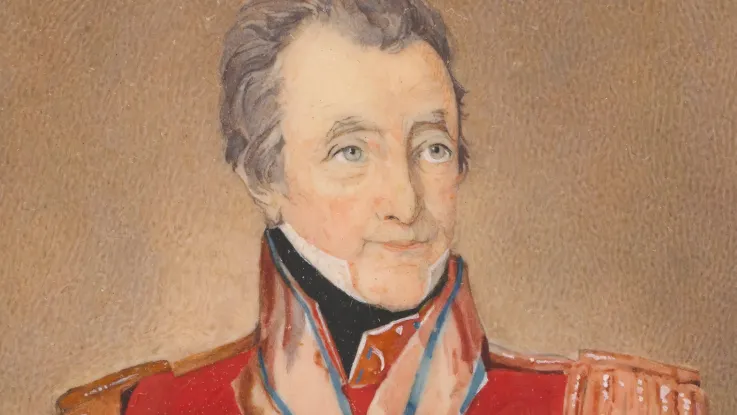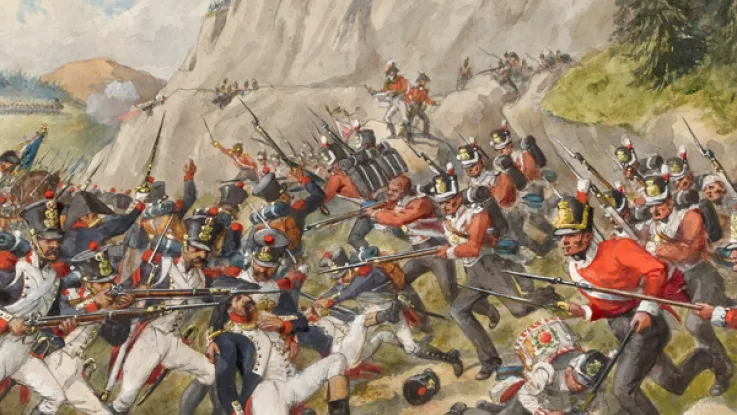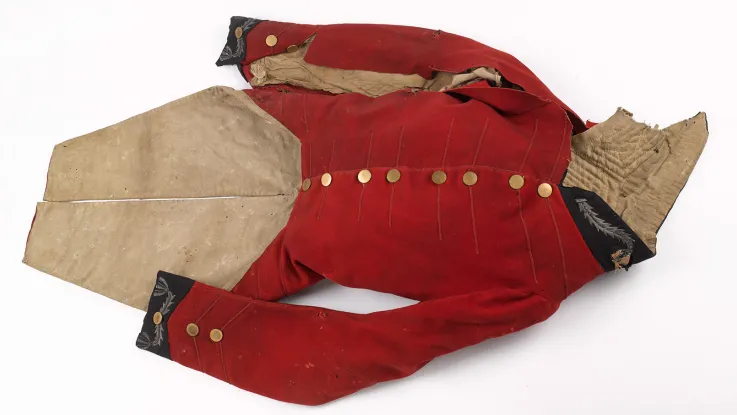The context
The Peninsular War began with the French and Spanish invasion of Portugal in 1807. The following year, Napoleon Bonaparte, the French emperor, turned on his Spanish ally, placing his brother Joseph on the Spanish throne.
An expeditionary force was despatched to Portugal, commanded by Lieutenant-General Arthur Wellesley. It enjoyed initial success, defeating the French at Vimeiro in August 1808. By 1812, Wellesley had secured Lisbon behind the Lines of Torres Vedras and had then driven French troops from Portugal. His successes in Iberia led to him being made first Viscount Wellington and then Earl of Wellington.
At the beginning of 1812, Wellington took the offensive into Spain. The town of Ciudad Rodrigo was taken on 8 January. Then, following a costly assault, the formidable fortress of Badajoz fell to the allied forces of Britain, Spain and Portugal on 6 April.
There were 230,000 French troops in Spain at this time, but they were divided between five armies. And Napoleon’s imminent campaign against Russia meant that reinforcements were not available.
Isolating Marmont
Wellington had ensured French forces were held in place by Spanish regular and guerrilla actions that pinned them down throughout the Peninsula.
Once General Rowland Lord Hill severed communications between Marshal Marmont and Marshal Soult, capturing the Tagus crossing at Almaraz in May 1812, Marmont’s isolation made him Wellington’s prime target.
Wellington marched on Salamanca, entering the city on 17 June. Ten days later, he took three of the outlying forts in an attempt to force Marmont into action. With Marmont unwilling to commit, Wellington moved out to manoeuvre against him, probing for an advantage that would allow him to force battle.
Wellington’s intelligence reports, however, warned that Marmont was soon to be reinforced by troops sent by Joseph Bonaparte. Fearing he had lost the initiative, Wellington was forced to consider the abandonment of Salamanca and retreat back to Portugal.
The armies
Lieutenant-General Arthur Wellesley, had been appointed to command in Portugal in April 1809, following the death of Sir John Moore. He had previously made his name in a series of campaigns in India.
He was given the title Viscount Wellington after defeating the French at Talavera in July 1809. At Salamanca, his army was 48,000-strong and included contingents of Portuguese and Spanish troops. He also commanded 60 guns.
Marshal Auguste Marmont was a skilled artillery officer, who had been an aide to Napoleon in his 1796 campaign in Italy. Following Marshal Massena's decisive defeat to Wellington at Fuentes d’Onor (1811), Marmont replaced him as commander of the Army of Portugal. By July 1812, this consisted of 50,000 men and 78 guns.
The battle
By 22 July 1812, the two armies were west of Salamanca. Skirmishes broke out around two flat-topped hills that dominated the area, known as the Greater and Lesser Arapiles. The British occupied the Lesser, while the French had the Greater.
As the armies continued to move south-west, with Marshal Marmont attempting to block Wellington’s route to Portugal, Wellington’s forces remained hidden behind ridges north-east of the Lesser Arapile.
Marmont’s mistake
Marmont believed he knew his enemy. Wellington was a defensive general, the kind of strategist who would never be attacked on ground not of his own choosing.
When Marmont noticed dust clouds created by Wellington’s baggage train, he believed his whole army to be in retreat. He instantly ordered three divisions to sweep quickly westwards to cut off Wellington’s escape.
Hammer blows
Wellington immediately seized his opportunity. Realising that Marmont had overstretched his forces, he launched a series of hammer blows against the French columns. Major-General Edward Pakenham’s 3rd Division surprised Marmont’s left wing, which was shattered.
Wellington then unleashed Major-General John Gaspard Le Marchant’s cavalry brigades, causing further havoc among French lines and accounting for ‘40,000 Frenchmen in 40 minutes’. Le Marchant himself was killed trying to break a French square.
Victory
Early in the battle, both Marmont and his second-in-command, General Jean Pierre Bonnet, had been injured. Command passed to General Bertrand Clausel who launched a counter-attack against Wellington’s centre.
Against a lesser commander, this might have saved the French army. But Wellington was equal to the task, bringing up reinforcements commanded by Major-General Henry Clinton to shore up his middle. By the end of the day, only General Maximilien Foy’s 1st Division remained intact. Five of the eight French divisions had been devastated.
The consequences
Marshal Marmont’s army lost at least 14,000 men and 20 guns, while allied losses were around half as many.
The French defeat would have been even more disastrous had the Spanish garrison not abandoned the river crossing at Alba de Tormes. Much to Wellington’s displeasure, the French were allowed to escape to safety.
An attacking commander
Salamanca proved that Wellington had the ability to manoeuvre and attack in the open field, dispelling his reputation as a mainly defensive general. The outstanding victory gave the British and their allies a psychological superiority over the French that would last throughout the remainder of the war.
Following the victory at Salamanca, Wellington was able to liberate Madrid. Joseph Bonaparte’s authority in Spain was undermined and Spanish guerrillas were encouraged to increase their operations against the weakened French garrisons.
Turning point
The Battle of Salamanca persuaded the British government that the war in the Peninsula was worth pursuing. And the subsequent allied victory at Vitoria (June 1813) helped to encourage the Russians, Prussians and Austrians, who were fighting Napoleon's armies elsewhere in Europe, that the emperor could be defeated.
Wellington's forces entered France in October 1813, forcing Napoleon to abdicate in April the following year. Salamanca had been one of the key turning points in the conflict.

